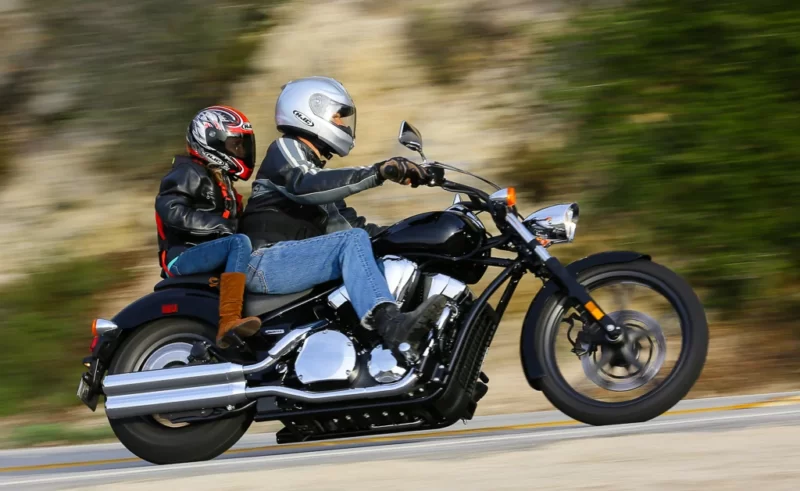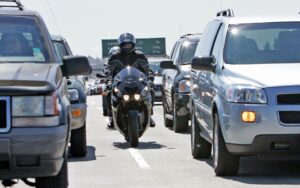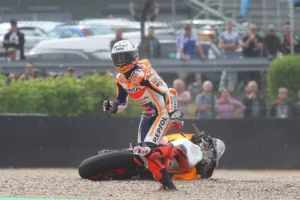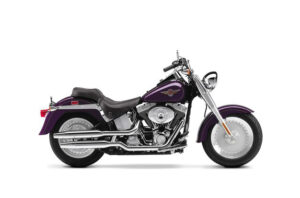If you love motorcycles and happen to be the parent of a young child, then you’ve likely wondered whether or not to allow your child to go for a ride on your motorcycle. Okay, today we’re going to talk about whether you can legally bring kids on your motorcycle. Read on for an in-depth look at what the law says and some things to consider when taking your kids on a motorcycle.
Does Law Allow Children To Ride Motorcycles As Passengers?
Children can ride motorcycles as passengers. Although national seat belt legislation mandates that children under the age of 8 wear appropriate restraint belts when riding in motor vehicles, these laws do not apply to motorcycles. Kids don’t have to wear seat belts on motorcycles, though this allows them to use 20 safe driving techniques in 2020 cars to prevent accidents.
What Age Can a Child Ride on the Back of a Motorcycle?
If you’re wondering how old you need to be to ride a motorcycle, while some jurisdictions issue motorcycle licenses at the age of 14, most states issue learner permits to riders over 16 and after taking a driving test. However, most jurisdictions do not allow study permit holders to ride passengers of any age.
Conditions for Letting a Child Ride as a Passenger on a Motorcycle
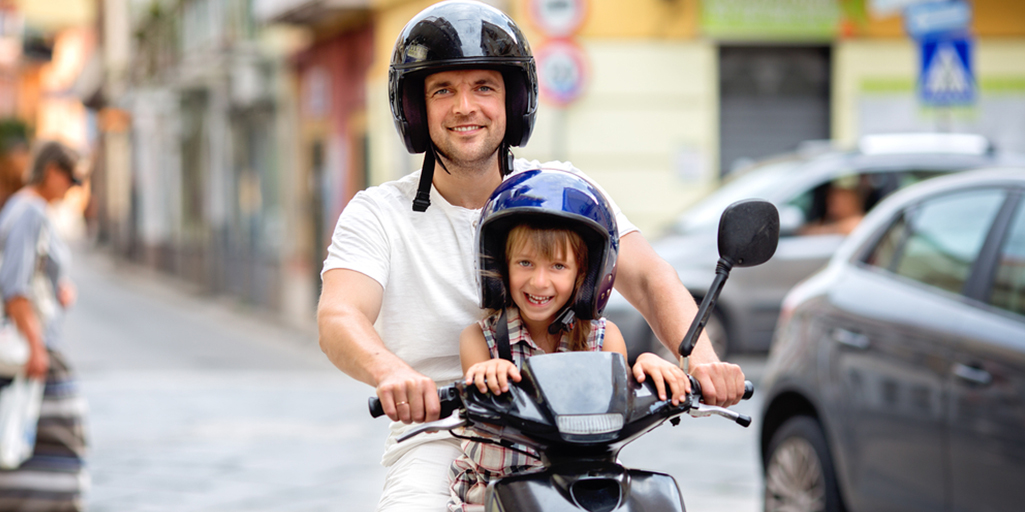
Five general rules set out the conditions that children must meet when traveling as passengers.
First, RS 32:295 states that if a child needs a rear-facing car seat or a forward-facing child seat in a passenger car, they may not be passengers on a motorcycle.
If they are five years old or older, they can ride as passengers as long as they meet the remaining four conditions:
- The child must sit properly on the motorcycle.
- They must wear suitable helmets according to RS.32:190.
- Motorcycles must be designed to carry multiple people.
- They must not sit in a position that interferes with the rider’s control of the motorcycle.
How to Ride a Motorcycle Safely with a Passenger
- Make adjustments
The extra weight on the motorcycle may affect the handling, so depending on the age, height, and weight of the child, minor adjustments to the shock and suspension may be required before departure.
You may also need to adjust tire pressure to ensure adequate grip on the road. Your owner’s manual will give you guidance on the specific pressure and tension levels needed to adjust the make and model of your bike for a second rider.
- Make sure your child is properly dressed
Wear a full-face helmet, long-sleeved shirt, jacket, and long pants to protect your child. Even in warm weather, your child’s arms and legs should be covered to minimize injury from a road rash in a fall or crash.
- Review the guide with passengers
Before letting your child ride a motorcycle, discuss bike rules with them. Come up with a signal between the two of you to communicate on the road, such as a tap on your right shoulder to slow down.
Show your child how to get on and off the bike, keeping the weight focused. Only allow your child to jump on and off the bike if you tell them it’s okay to jump on and off the bike.
Demonstrate how to lean when the bike is turning and suggest they sit as close to you as possible to keep the bike balanced.
- Extend the passenger footrest
When a rider is driving a motorcycle, the pedals are usually hidden; however, for added stability and safety, always deploy the pedals or hooks to provide the passenger a safe place to place their feet and ensure they do not burn on hot engines.
Tips For Riding With A Kid On A Motorcycle
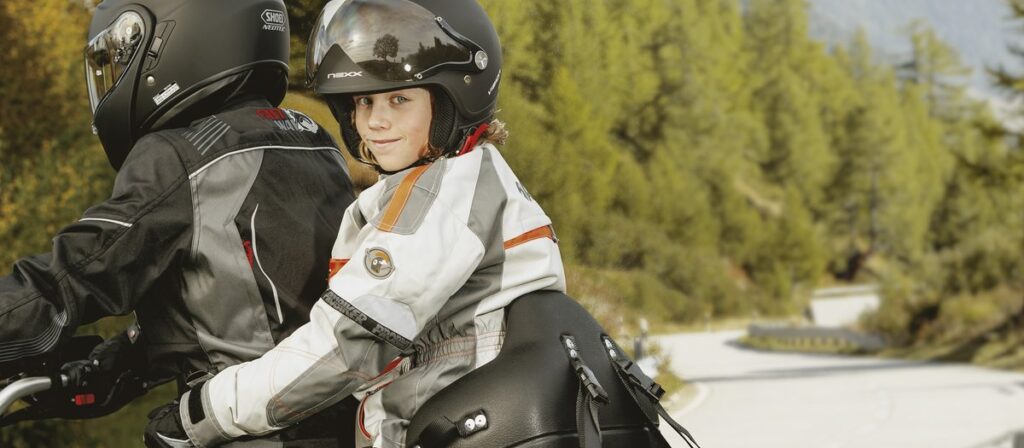
Some tips for motorcyclists to keep in mind when riding with children as passengers include:
- The motorcycle must be designed to accommodate passengers.
- After raising the motorcycle stand and supporting the motorcycle firmly, install the passenger stand.
- Passengers can affect the handling characteristics of the motorcycle due to the extra weight and independent movement.
- The motorcycle’s suspension and tire pressure may need adjustment.
- Care should be taken not to exceed the weight limit specified in the user manual.
- Make sure passengers follow safety procedures.
- Proper use of complete personal protective equipment.
- The child holds the operator’s waist or hips, or the motorcycle passenger’s hand.
- Keep your feet on the pedals at all times, including when parking.
- Keep passengers’ hands and feet away from heat or moving parts.
- Avoid turning around or making sudden movements that may interfere with the operation.
- Allow more travel time.
- Avoid extreme speeds.
- During emergency braking, be prepared to slide the passenger’s helmet or full body forward to prevent a “collision”.
Conclusion
Riding a motorcycle with kids can be the beginning of a lifelong interest in young people, and taking a few precautions before setting off can make it an enjoyable and safe experience.
Read More:
